Early Visual Effects In Film and Photography - Trickery and Deception
Having a passionate interest in filmmaking and photography tends to lead you down all sorts of different, obscure and interesting paths. One such path is my fascination with early forms of film and photography and how it all started, particularly in relation to film. So I thought I'd explore the matter for this post.
From the very beginning of its existence celluloid has always employed visual effects, even before it was considered a serious art form. Visual effects have been adopted by a multitude of photographers and filmmakers to augment and create new concepts and new meanings.
In the early days ‘visual magic’, as it was called, was being taken advantage of with all manner of illusions and visual trickery, much to the thrill of audiences. However, when photography was in its infancy and was just establishing itself as an art form there were some unscrupulous photographers, working for commercial reasons, who would photograph portraits with an ordinary exposure and soon after the subject left the studio another quick exposure would be taken with a collaborator positioned in the same room, this would then leave a faded trace of the collaborator on the film. Why were they doing this? Let me explain.
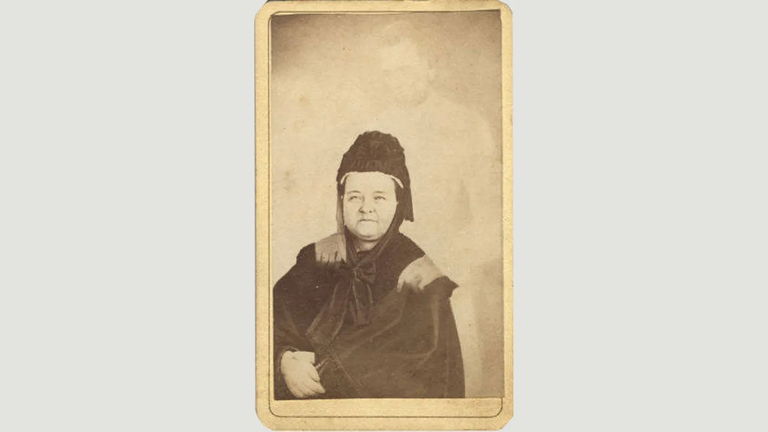
(William Mumler's photo with a 'spirit' captured, circa 1860's)
The client would then be given a positive copy of their portrait with what appeared to be a ‘haunting’ image of an apparition in the picture as well. There were more subtle variations of this trick to create images with ghostly effects. Herein began an entirely new industry of special effects.
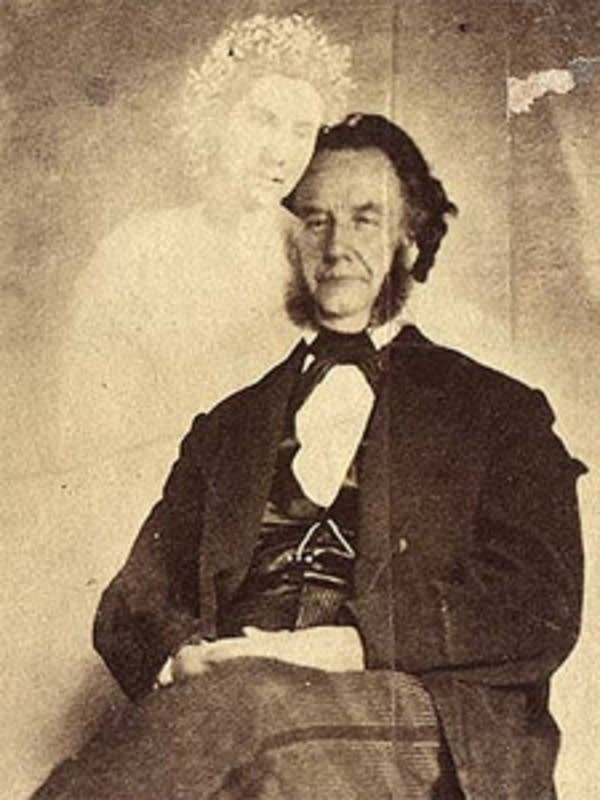
(Another William Mumler, circas 1970's)
This ghost trick was where the matte process began, this is where objects which are unrequired are removed from the picture by hiding them so as not to be registered on the exposure.
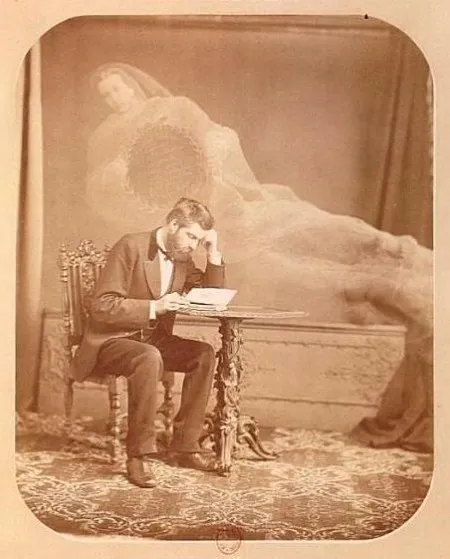
(Spirit photograph, Edouard Isidore, circa 1870's)
But away from the less unscrupulous photographers there were emerging photo artists in the 1920’s such as James Van Der Zee who experimented significantly with visual effects whilst imbuing his work with narrative and his work is a testament to some of the earliest known photomontage artists.
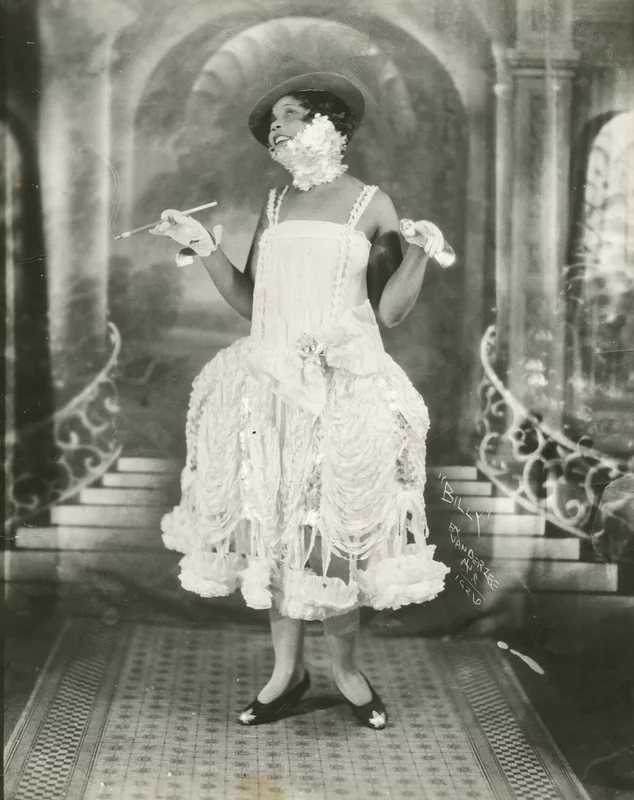
(James Van Der Zee, 'Billy', 1928, an early example of basic background visual effects - pioneering for it time.)
And another example from the period using a simple staged backdrop.
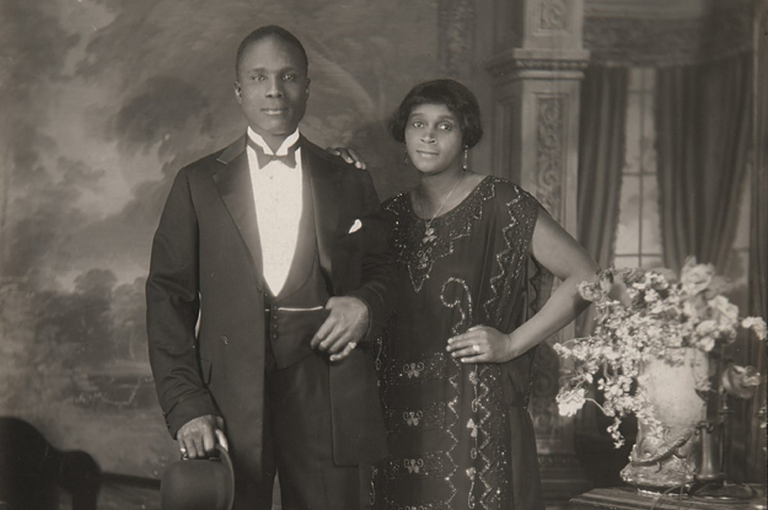
(James Van Der Zee, 'Portrait of a Couple', 1924)
It was in Alexander Korda’s Things To Come (1936) when audiences were given one of the first experiences of enjoying the matte process, where it was used in a moving image sequence by double exposing an image of a futuristic city above actors so it appears they are actually walking around the city. This was achieved through using matte masks to hide one image being visible on the other and is one of the known earliest examples of a film employing special effects to augment the visual aesthetics.
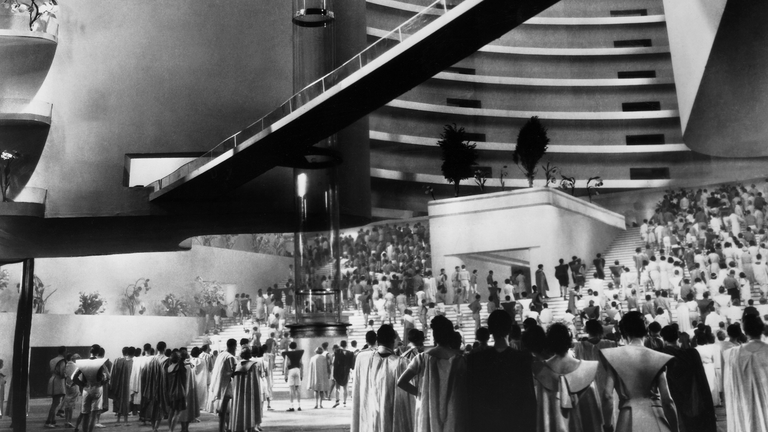
('Things to Come', director William Menzies, producer Alexander Korda, 1936 - a truly experimental and mould-breaking film for its era.)
If you fancy connecting with an iconic old film that pushed boundaries and set precedents for special effects in film you can watch the entire film here.
Special effects in films have very humble origins, but even in their infancy they had the power to impress and amaze audiences across the globe. To visual effects of today's films are a world away from back then, it is astonishing to see how far they have come. But let's not forget what impresses us now in twenty years time might just not look so impressive, but it doesn't matter because when it comes to special effects in films it's all about the now.
Peace!
Congratulations @peaceandmoney! You have completed the following achievement on the Hive blockchain And have been rewarded with New badge(s)
Your next target is to reach 30 posts.
You can view your badges on your board and compare yourself to others in the Ranking
If you no longer want to receive notifications, reply to this comment with the word
STOPCheck out our last posts: